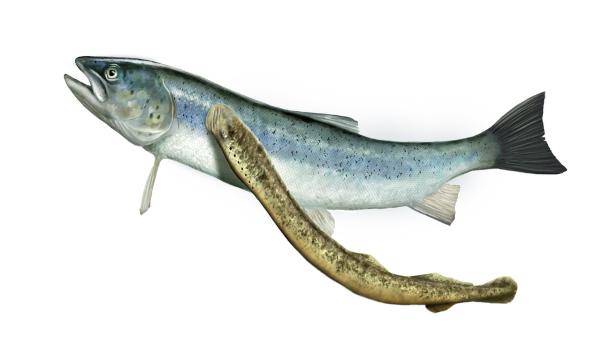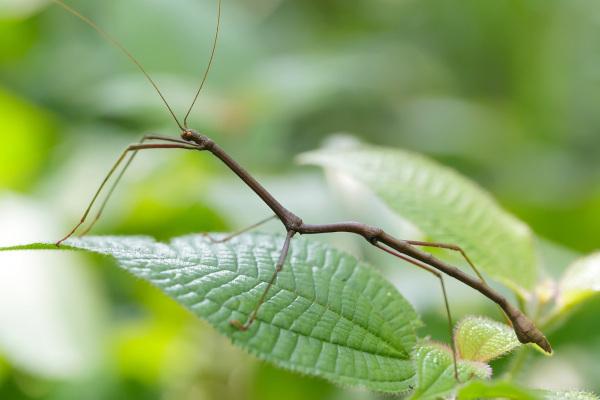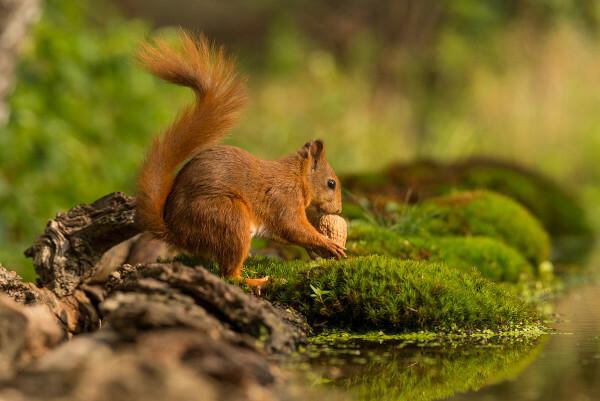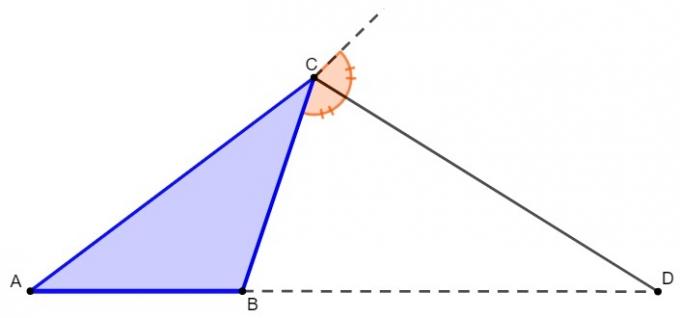Lamprey it is a vertebrate animal belonging to the order Petromyzontiformes. With hagfish, lampreys constitute the Cyclostomata group, also known as Agnata. All representatives of this group have in common the fact that they do not have jaws. Lampreys also stand out for having a long body reminiscent of an eel, lacking scales and having a cartilaginous skeleton with rudimentary vertebrae.
When in the larval stage, the lamprey is a filtering animal and, as an adult, it feeds on blood and other vertebrate tissues to which it attaches. There are about 40 species of lampreys, with representatives from both freshwater and saltwater.
Read more: Phylum Chordata — belongs to the Animalia kingdom, which includes tunicates, cephalochordates, and vertebrates
Summary about lamprey
Lampreys belong to the order Petromyzontiformes.
They have a circular mouth and no jaws.
They have a long body and no scales.
Although they feed on blood and other tissues of animals, they are not considered parasites by many authors.
Their larvae are filter feeders.
They reproduce sexually.
lamprey characteristics
Lampreia is the popular name given to representatives of the Petromyzontiformes. These animals stand out for having long body, reminiscent of an eel, no scales and no paired fins (pectoral and pelvic)and anal fin. Adult lampreys are typically 30 cm or less.
There is, however, the kind Petromyzon marinus, which can reach 1.20 m. They are animals that do not have a jaw and that have a circular mouth, characteristics that make them inserted, with hagfish, in the group Cyclostomata or Agnatha.
In lampreys the oral record It is relatively developed and acts as a suction cup, which helps the animal to attach itself to other animals, from which it takes food, and even to individuals of the opposite sex, in reproduction. The order Petromyzontiformes (from the Greek petros, which means “stone”, and myzo, which means “to stick”) is named for the lampreys' ability to use their oral disc to hold onto stones and move them to build their nests.
Do not stop now... There's more after the ad ;)
In the oral cavity of these animals, the presence of a muscular tongue full of structures of keratin that resemble small teeth.It is important to note that these teeth are not the same as the teeth of other vertebrates, such as you of human beings, formed by dentin and enamel. Small keratin teeth are also checked on the inner surface of the oral disc.
lampreys have cartilaginous skeleton and rudimentary vertebrae. The eyes are found laterally and are relatively developed. These animals also have a single nasal opening on top of your head.Lampreys carry out their gas exchange through gill filaments. On each side of the head, it is possible to find seven gill slits lined up in series. lampreys have cloaca, located below the dorsal fin.
To get around, lampreys perform side undulating movements. They can also move over great distances passively when attached to other animals.
Know more:Gill breathing — ensures that aquatic animals are able to take up dissolved oxygen in the water
lamprey habitat
There are about 40 different species of lamprey, however, all stand out for being aquatic animals. There are freshwater species and also anadromous species, that is, they reproduce in freshwater, but their adult form is found in the marine environment. Regardless of whether the species is marine or freshwater, the larval stage is found exclusively in fresh water.
Reproduction of lamprey
The lamprey is an animal that reproduce in a way sexual, that is, to reproduce, it is necessary that the fusion of gametes male and female. The adult lamprey, when approaching the reproductive stage, goes through a series of changes in its body that make it more prepared for the upstream and mating.
Miscellaneous species build nests with boulders, and it is usually the male who initiates the construction process. The female approaches the nest being built and clings to a nearby rock by her oral disc. The male then attaches himself, also using his oral disc, to the female's head region and wraps his body over hers. The male contracts his muscles, stimulating the release of eggs by the female. The two vibrate for a while, and the gametes are released into the water. Generally, lampreys die after the breeding stage.
lampreys have indirect development, which means that there is a larval stage in its life cycle. The larvae, known as muzzles, are quite different from adults, live exclusively in fresh water and feed through filtration. The larvae also stand out for spending much of their time partially buried in the sediment.
Are lampreys parasites?
Many authors usually classify lampreys as animals parasites because of the way they feed. For this, adult lampreys attach their circular mouth to the body of another vertebrate, and, using their tongue and rough mouth, penetrate the animal's skin, in order to obtain fluids, blood and other fabrics.

Despite the way of feeding, some authors prefer not to call lampreys parasitic animals. The reasons for this decision lie in the fact that lampreys in the larval stage are filter feeders and, therefore, do not depend on a host for most of their life.
Furthermore, as adults, many species of lampreys simply do not feed, and when they do, they do not spend all their time attached to another organism. Therefore, the best thing to say is that they are animals with very specialized eating habits.
By Vanessa Sardinha dos Santos
Biology teacher



